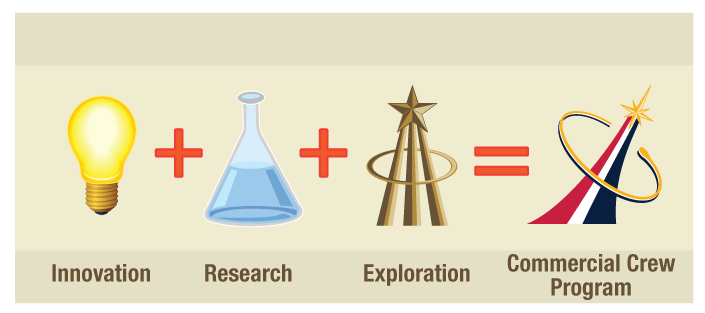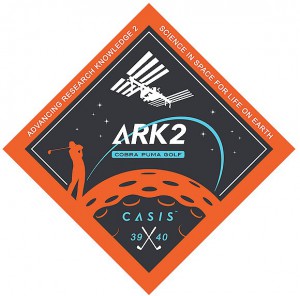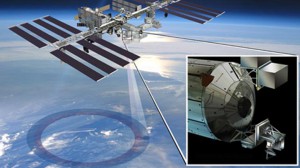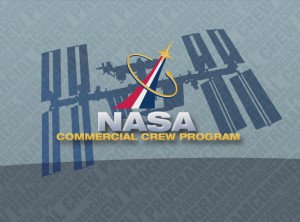 As people and nations around the world mark Breast Cancer Awareness month, Commercial Crew Program looks forward to missions that will allow more groundbreaking research to be performed on the International Space Station. The unique platform offers scientists significant research into life sciences, including biological studies. The work of NASA’s Commercial Crew Program to develop the next generation of American crewed spacecraft will double the research capability of the space station.
As people and nations around the world mark Breast Cancer Awareness month, Commercial Crew Program looks forward to missions that will allow more groundbreaking research to be performed on the International Space Station. The unique platform offers scientists significant research into life sciences, including biological studies. The work of NASA’s Commercial Crew Program to develop the next generation of American crewed spacecraft will double the research capability of the space station.
Although the work is being done off the Earth, it’s very much for those on the Earth. Throughout the life of the space station, many experiments have focused on how cancer cells behave in microgravity, and researchers are using the feedback from microgravity cell growth to identify the patterns and other mechanisms the cells use to multiply. The goal of the research is to lead to medicines on Earth that inhibit cancer from forming or spreading in people. Read more details about the research and its potential to benefit humanity here, including biological science focused on deciphering some of the fundamental questions about cancer. Research on the station covers a wide swath of scientific arenas, including disease study.









 NASA’s spaceflight experts in the Commercial Crew Program (CCP) met throughout July with aerospace partners to review increasingly advanced designs, elements and systems of the spacecraft and launch vehicles under development as part of the space agency’s Commercial Crew Integrated Capability (CCiCap) and Commercial Crew Development Round 2 (CCDev2) initiatives.
NASA’s spaceflight experts in the Commercial Crew Program (CCP) met throughout July with aerospace partners to review increasingly advanced designs, elements and systems of the spacecraft and launch vehicles under development as part of the space agency’s Commercial Crew Integrated Capability (CCiCap) and Commercial Crew Development Round 2 (CCDev2) initiatives.